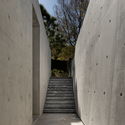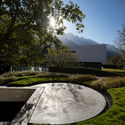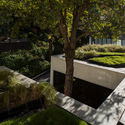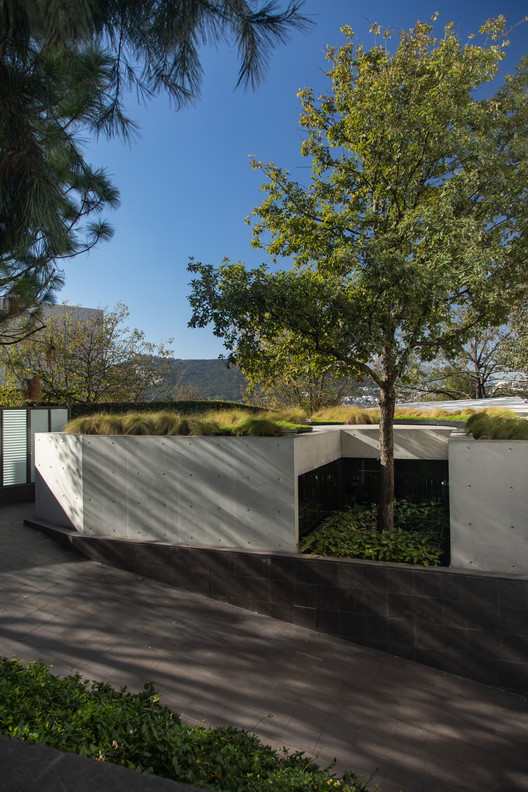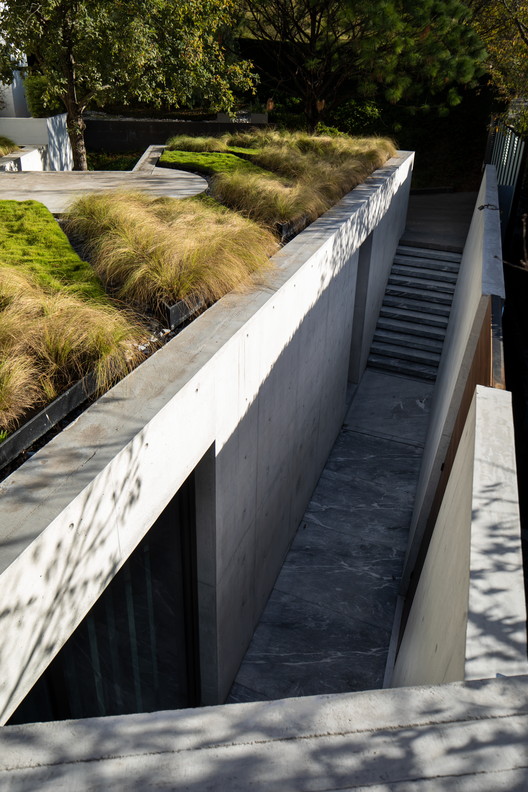
-
Architects: Guillermo Tirado Gzz - Architects
- Area: 191 m²
- Year: 2018
-
Photographs:Idea Cúbica, Documentación Arquitectónica, The Raws
-
Lead Architects: Arch. Guillermo Tirado González

Text description provided by the architects. The MF Pavilion is an independent programmatic extension to an existing single-family home, subtly and strategically incorporated to achieve a new productive and complementary coexistence without jeopardizing the hierarchy of the house. The pavilion’s design arises from the projection of a series of lines towards the intervention site; both in the same geometry of the site as well as of the existing house, making the foundation footprint become a direct consequence of the readings of the immediate setting.




